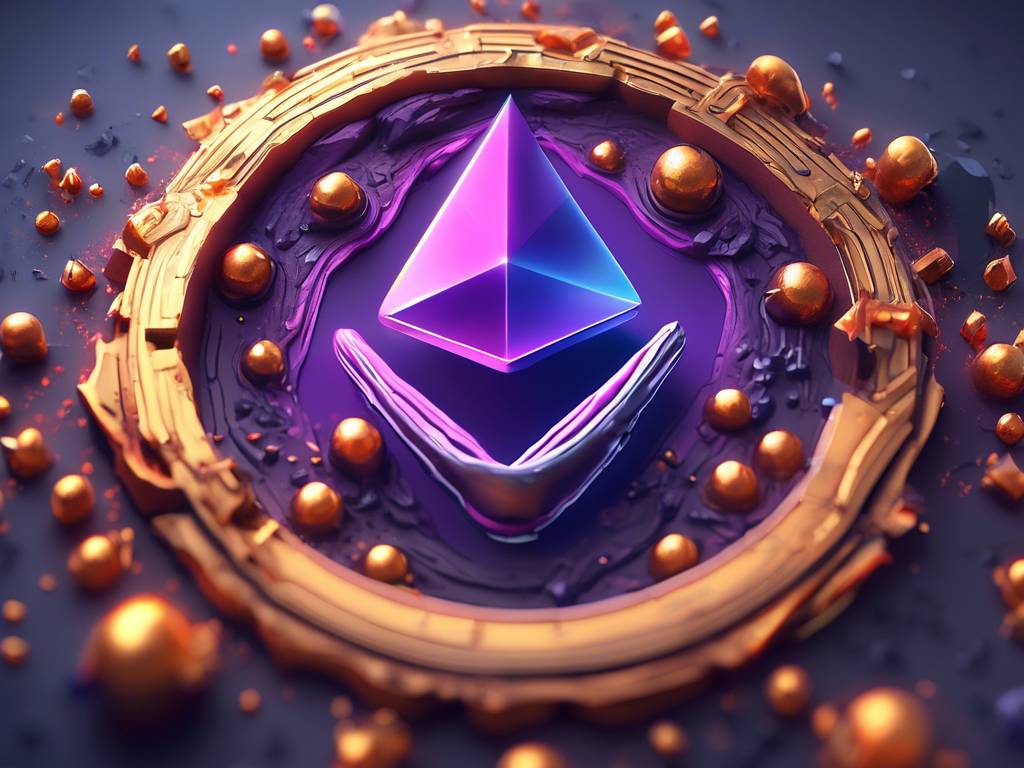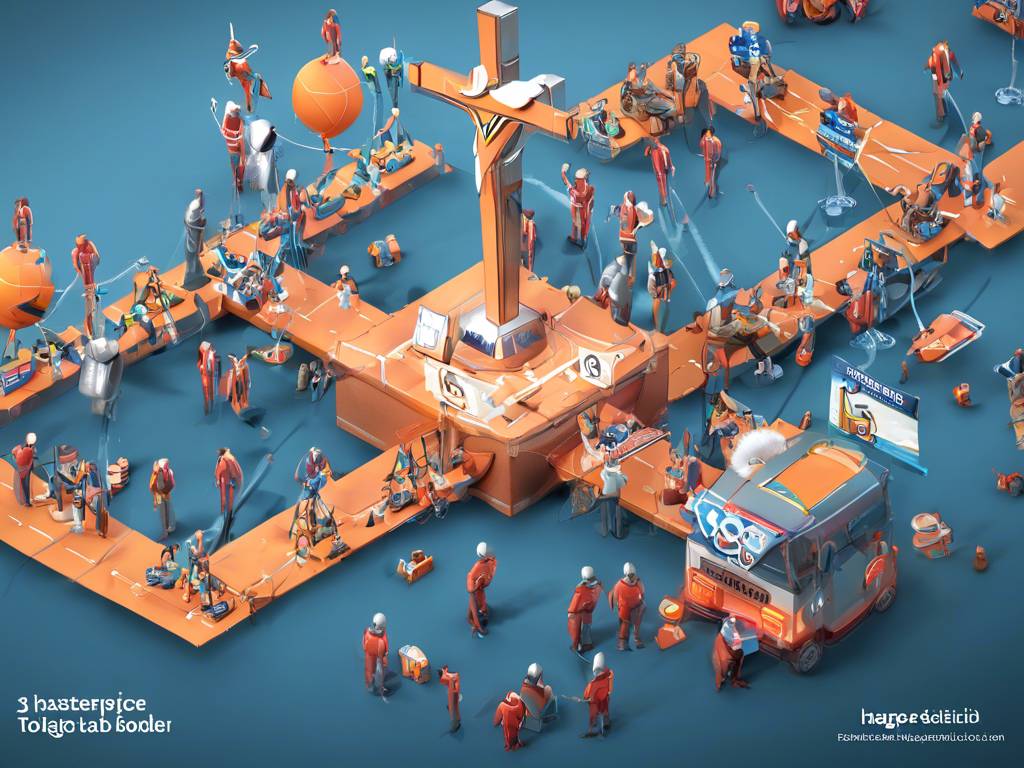Unleashing the Power of Blobs on Ethereum 🚀
The rate of transactions involving blobs on Ethereum is skyrocketing, surpassing the network’s designated capacity. This surge follows the deployment of inscriptions on blobs, a new feature that has sparked a heightened demand for blob usage.
The Dencun Upgrade: Revolutionizing Layer 2 Transactions
Ethereum core developers recently rolled out the Dencun upgrade, which introduced blobs to make Layer 2 transactions more cost-effective. This upgrade has proven successful by enabling Layer 2s to leverage blobs instead of the traditional “calldata” method for processing transactions. This shift has paved the way for reduced fees, allowing for cost savings to be passed on to end users.
- Introduction of inscriptions on blobs
- Impact on demand for blob utilization
- Stress testing the blob feature with inscriptions
The Rise of Inscriptions on Blobs
However, the recent incorporation of inscriptions on blobs has started to stress-test the feature. These inscriptions, inspired by Bitcoin Ordinals, create unique fungible and non-fungible artifacts that are integrated into blob transactions.
- Analyzing blob transactions trends
- Shift towards inscriptions
- Comparison with other Ethereum Layer 2s
Facing Capacity Constraints
Analysis from a Dune Analytics dashboard curated by Hildobby reveals a striking trend: 40% of blob transactions are now associated with inscriptions. This marks the highest utilization of blobs among various Ethereum Layer 2 solutions such as Arbitrum, Optimism, Base, and Linea.
- Full capacity utilization of blobs
- Backlog in mempool
- Challenges with processing pending blobs
Addressing the Backlog
The surge in interest and utilization has pushed blobs to operate at full capacity, with a 100% utilization rate observed. This heightened demand has resulted in a significant backlog in the mempool, where 160 blobs are awaiting processing according to data from EtherNow. With Ethereum’s current limit of including only six blobs per block, the backlog is 40 times higher than what can be accommodated in a single block, leading to what is known as blob contention.
Hot Take 🔥
UPDATED: March 28, 2024, 2:48AM EDT





 By
By
 By
By
 By
By
 By
By
 By
By
 By
By